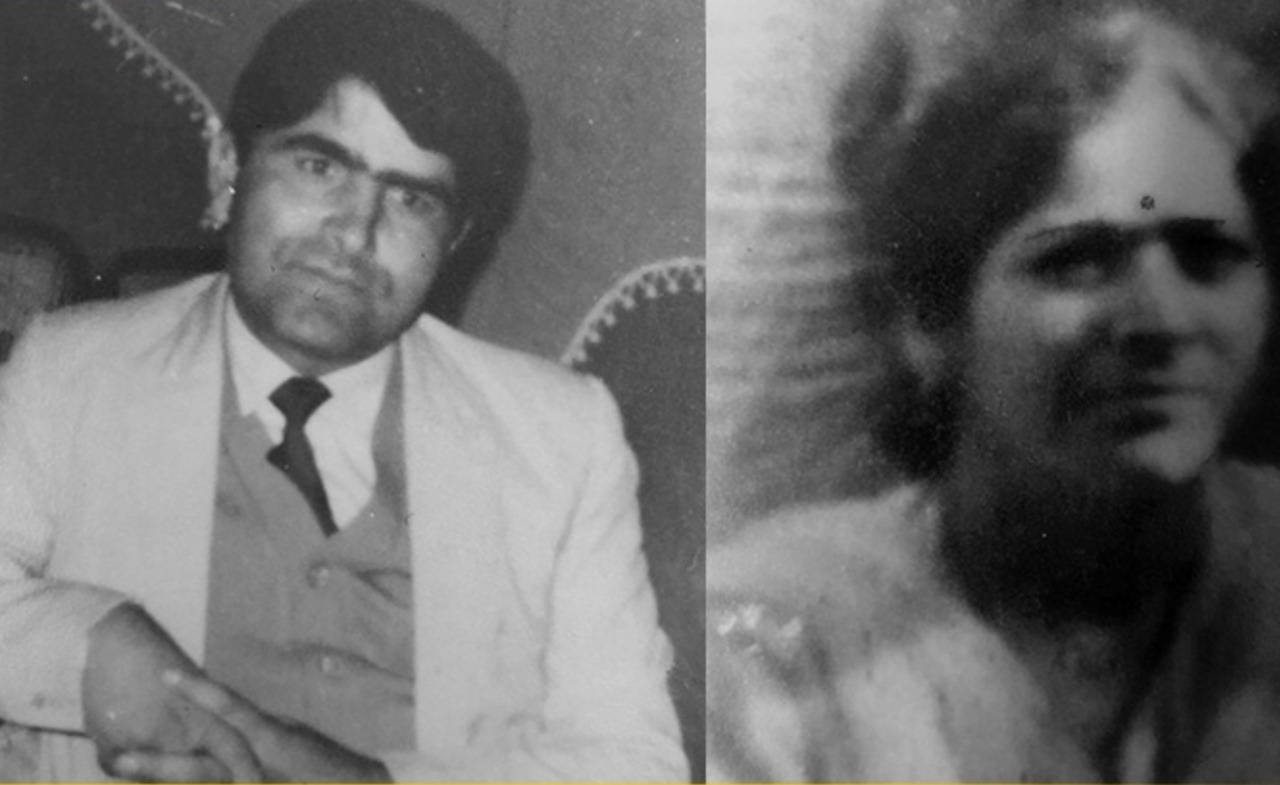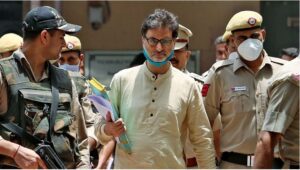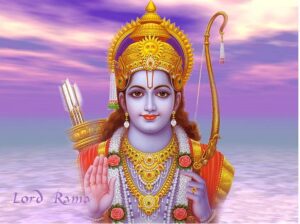In Kashmir’s beautiful yet troubled land, stories of strong women like Kota Rani, Lal Ded, Rupa Bhawani, and Habba Khatoon have long inspired hope and resilience. However, the narrative surrounding women in this region has taken a dark turn, transforming from tales of strength to a haunting reminder of vulnerability. The story of Prana Ganjoo stands as a chilling testament to the brutal realities faced by women during the turbulent times of the 1990s when radical forces targeted them in the name of a so-called freedom struggle.
A Background of Terror
Behind closed doors, away from the prying eyes of the world, women in Kashmir were not merely collateral damage in a conflict; they were specifically targeted in a systematic campaign of terror. The atrocities committed against them are not just historical footnotes; they are stark reminders of societal failures that have persisted through time. We failed women like Girija Tikoo, Sarla Bhat, Prana Ganjoo, Babli Bhan, and Asha Kaul, as well as innocent Muslim women who also suffered under the weight of terrorism. Imagine the horror of a family whose beloved daughter or sister is gang-raped by ruthless radicals, her body mutilated, and her fate forever unknown. This is the tragic reality that Prana Ganjoo and her family faced.
The Disturbing Mindset of Terror
Prana Ganjoo’s story reveals a mindset steeped in violence and misogyny. The chilling slogan, “Asi gachhay panunuy Pakistan, batav rostuy ta batanyen saan” (We want our Pakistan, without Pandit men but with their women), encapsulates the horrific intentions of those who sought to ethnically cleanse Kashmiri Pandit men while subjugating and exploiting their women. This rhetoric is a dangerous blend of nationalist fervour, communal hatred, and the objectification of women, which often fuels conflicts and human rights abuses in regions plagued by sectarian strife.
The Life of K.L. Ganjoo
K.L. Ganjoo was not just a name; he was a dedicated agro-scientist and educator at the Agriculture College in Sopore. He believed in the power of education to bridge divides and foster understanding among communities. Despite the growing unrest and the exodus of Kashmiri Pandits, he remained hopeful, trusting the bonds he had built with his Muslim friends and students. Tragically, his faith in humanity would lead to unimaginable sorrow. In March 1990, after a brief trip to Nepal, K.L. Ganjoo returned home with his wife, Prana, and their nephew, eager to reconnect with their roots. Little did they know that this homecoming would end in tragedy.
A Day That Changed Everything
On that fateful day, two colleagues came to welcome K.L. Ganjoo back. As they approached the Sopore bridge, a sinister ambush awaited them. Without warning, they were attacked. K.L. Ganjoo was violently pulled from the Jeep, shot multiple times, and thrown into the fast-flowing waters of the Jhelum River; his life extinguished in an instant. His nephew faced a horrific choice: jump into the river or witness the unimaginable torture of his beloved aunt. In a desperate bid for survival, he chose the water, escaping the scene but leaving his family’s fate uncertain.
The Unspeakable Horror of Prana Ganjoo
While K.L. Ganjoo’s life was brutally cut short, the horror did not end there. Prana Ganjoo became a victim of savage brutality that defies comprehension. Reports of her gang rape and the mutilation of her body serve as a stark reminder of the depths of human cruelty. The details are chilling: her breasts were severed, and she was ultimately executed. Yet, even in death, her story remains shrouded in uncertainty, as police sources never confirmed her death, claiming her body was never found. It was only through unofficial accounts that the brutalities inflicted upon her were revealed. The legacy of violence in Kashmir extends beyond individual tragedies, resonating through families and communities. It creates a cycle of fear and loss that leaves deep psychological scars on survivors. The nephew who escaped the river carries the burden of witnessing the horrors inflicted upon his family. His survival is marked by trauma, a constant reminder of the nightmarish choices forced upon him.
A Call for Acknowledgment
In the aftermath of the Nirbhaya gang rape case in Delhi, society began to rally in support of women, demanding justice and change. Yet, this support was glaringly absent during the dark days of 1990 when Kashmiri Pandit women were left to fend for themselves, abandoned by a society that turned a blind eye. There was no media coverage, no public outrage, and no shame directed at the radicals who perpetrated these heinous acts. It was as if society had lost its voice or simply remained silent. The lack of courage to confront these brutal realities has left deep scars, not just on the victims but on the collective conscience of our society. We must remember women like Prana Ganjoo and ensure their stories are heard. Only by acknowledging the past can we hope to prevent such horrors from happening again. In the end, the story of Prana Ganjoo is not just a tale of tragedy; it is a call to action. It urges us to confront the uncomfortable truths of our history and to stand in solidarity with those who have suffered. Let us honour the memory of Prana Ganjoo and countless others by ensuring that their stories are never forgotten.





Pingback: The Untold Story of Kashmiri Pandits: Seven Centuries of Struggle and Survival - The Forgotten Exodus: The Tragedy of Kashmiri Pandits
Pingback: Unforgettable Pain: The Story of Girija Tickoo 1990 - The Forgotten Exodus: The Tragedy of Kashmiri Pandits